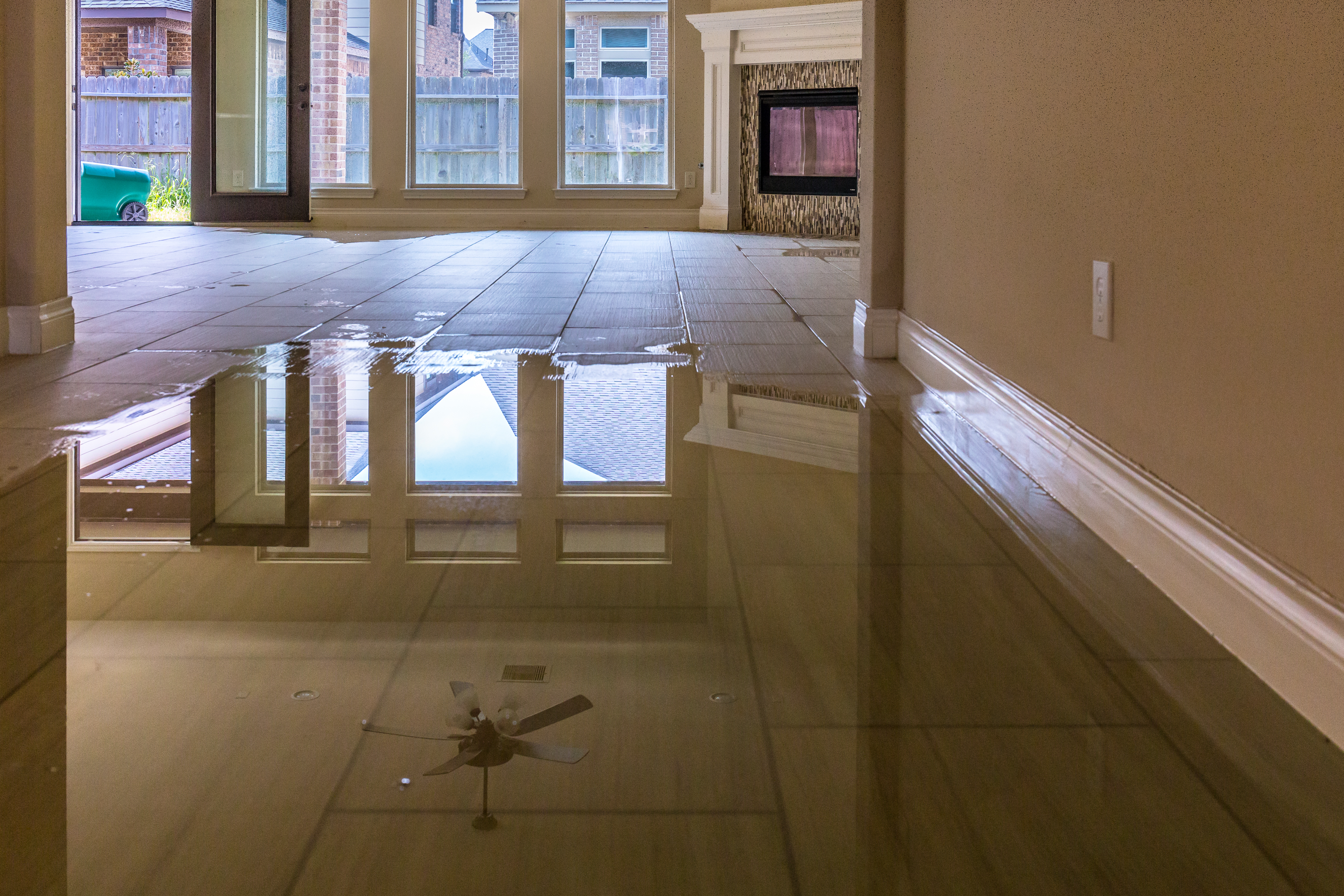Stopping Water Damage in the Bathroom
Stopping Water Damage in the Bathroom
Blog Article
Listed here below you can discover a bunch of superb points on the subject of Common Causes of Water Damage in a Bathroom.

The shower room is exceptionally vulnerable for moist buildup and also potential water damage as a result of the constant use water in it. This article provides straightforward inspection methods to assist identifying water damage risks.
The regular use water in the bathroom makes it incredibly susceptible for moist accumulation as well as prospective water damages. By evaluating it regularly, you can reduce water related damages.
The following set of examinations is easy to perform as well as ought to be done as soon as in every three months in order to keep your washroom in good shape as well as to avoid possible water problems triggered by the tub, the shower, pipeline joints as well as plumbing, sinks, cupboards, and the toilet
Do not forget doing these evaluations and be comprehensive while performing them. Remember that these basic assessments can save you a great deal of money by providing very early signs for water damage
Bathtub and Shower
The shower and also bath tub need special attention and also upkeep. Check the floor tiles and also change if fractured. Ensure that there is no missing cement between the ceramic tiles. Inspect and also change broken caulking at joints where the wall surfaces fulfill the floor or the bathtub. Obstructed drains pipes and pipelines troubles will protect against the tub from drying and also may suggest major problems below the bathtub. Talk to a professional immediately to avoid structural damages. Pay attention to stainings or soft areas around the bath tub wall surfaces as they may show an interior leakage.
Plumbing
Signs for water damage are hard to detect considering that many pipelines are set up inside the walls.
Pay unique interest to floor covering and wall surfaces moisture as well as stains as they might indicate an unseen plumbing trouble. Inspect dampness levels in adjacent spaces too.
Sinks as well as Cabinets
Sinks and also cupboards are revealed to moisture as well as moisture everyday and are typically overlooked. Check frequently under the sink and also on the countertop over it. Fix any kind of drip in the trap as it might recommend drainpipe problems. Check out the sink, slow draining pipelines might indicate an obstructed drainpipe. Replace sink seals if they are split or loose.
The Bathroom
The commode is a vulnerable water junction. Examine the water lines and search for leakages around the toilet seat, in the hose pipe, and also under the water container. If you detect any type of indicators of moisture on the floor around the bathroom, look for leaks in the toilet rim as well as container seals.
Be aware that hanging toilet bowl antiperspirants raises the chances for clogs.
10 TIPS TO PREVENT WATER DAMAGE IN THE BATHROOM
The average household uses approximately 80-100 gallons of water per person per day. For a family of 4, that's almost 2,500 gallons of water a week! The largest portion of this consumption comes from bathroom use. Flushing the toilet uses the most water, followed by taking a shower or bath. With that much water running through the home, water damage in the bathroom is bound to happen. Knowing how to spot signs of a water leak is essential to preventing long-term damage. This guide provides you with tips to reduce the impact of water damage on your bathroom.
CAUSES OF BATHROOM WATER DAMAGE
Pipe breaks are the most common cause of water damage we see in our daily jobs. The age of a pipe plays a large role in a pipe break as well as corrosion. Over time, the metal begins to break down, allowing water to escape. Frozen pipe breaks are also a concern in the winter months. Toilet overflows caused by paper products or children flushing inappropriate items. Degraded caulking around the toilet or bathtub can allow water seepage, sometimes behind the fixture, into the subfloor or walls. Condensation forms when the water in a pipe is cooler than the air temperature. Beads of water form on the exterior of the pipes, sometimes so much so that the water begins to drip and pool below. Sink or shower backups created by poor drainage. HOW TO PREVENT WATER DAMAGE IN YOUR BATHROOM
Inspect your toilet supply line for worn or frayed hoses and replace them as needed. Winterize your plumbing to prevent a frozen pipe break. Use vent fans to prevent condensation that can lead to mold growth. Routinely check and replace degraded caulking around your toilet or bathtub. Increase the temperature in your toilet tank and insulate your pipes during the warm summer months to keep condensation from forming. Use child safety locks on the toilets. Flush only toilet paper. "Flushable" wet wipes are actually not good for your plumbing system. Additionally, feminine hygiene products should not be flushed. Prevent water from escaping the tub or shower. Make sure shower curtains are in good condition. Inspect shower doors and replace the seal strip if necessary. Wipe up any water that accumulates on the floor and use bath mats. Water left to sit can cause damage to the tiles and flooring. Refrain from using bath products containing heavy oils to avoid a clogged drain.

I stumbled upon that page on Common Causes of Water Damage in a Bathroom while browsing the search engines. Enjoyed our article? Please share it. Help somebody else locate it. I enjoy reading our article about Common Causes of Water Damage in a Bathroom.
Request Estimate Report this page